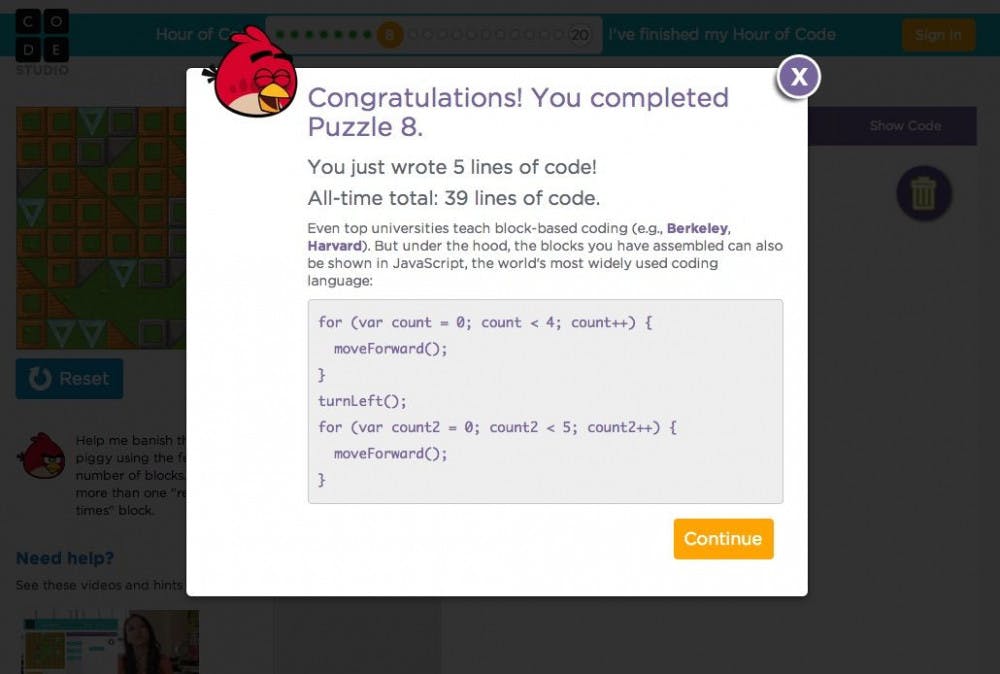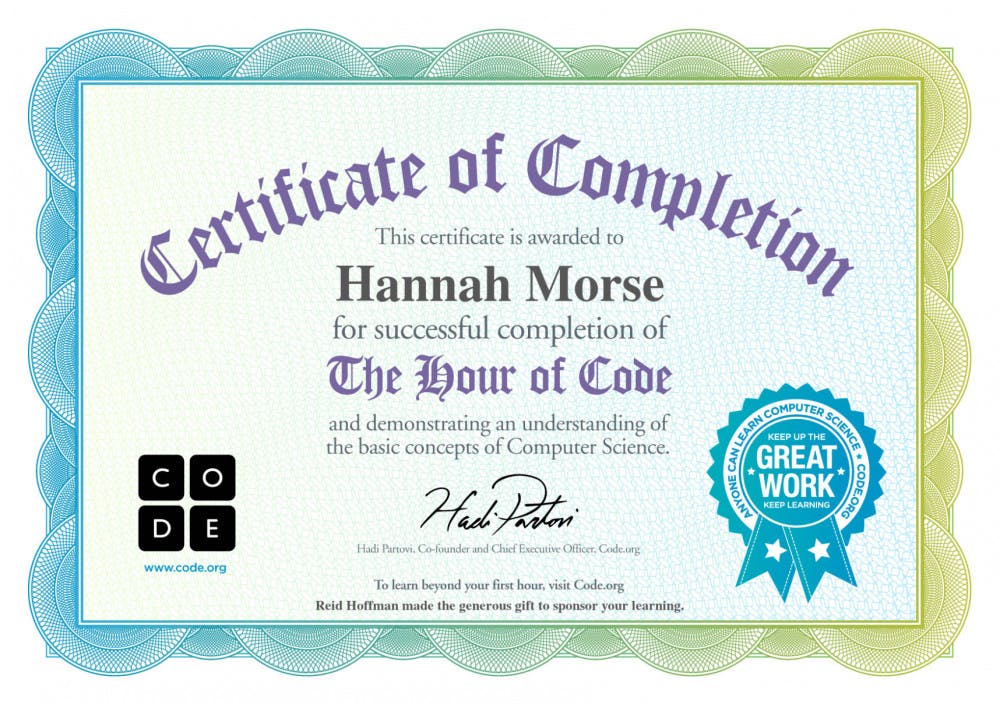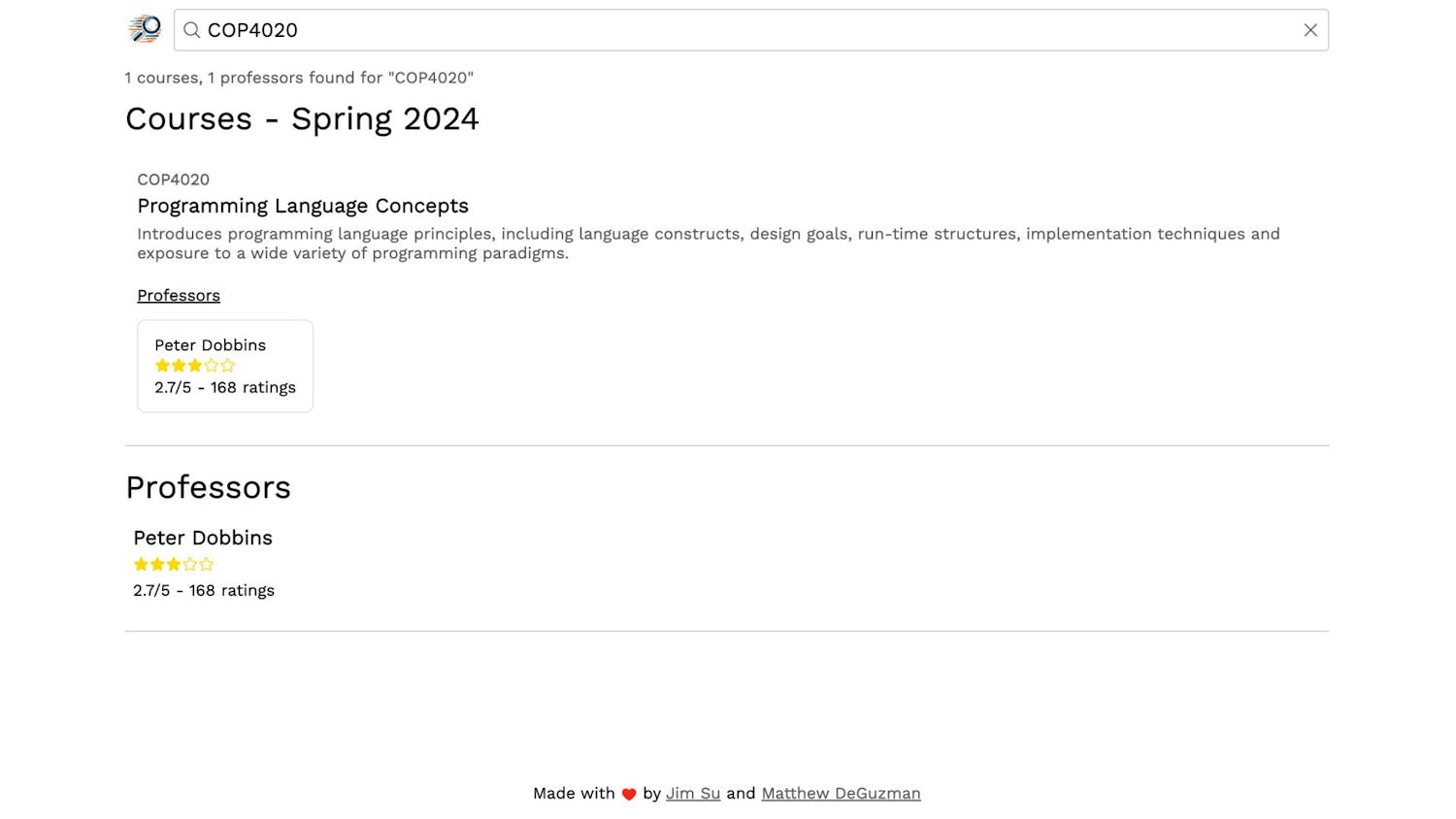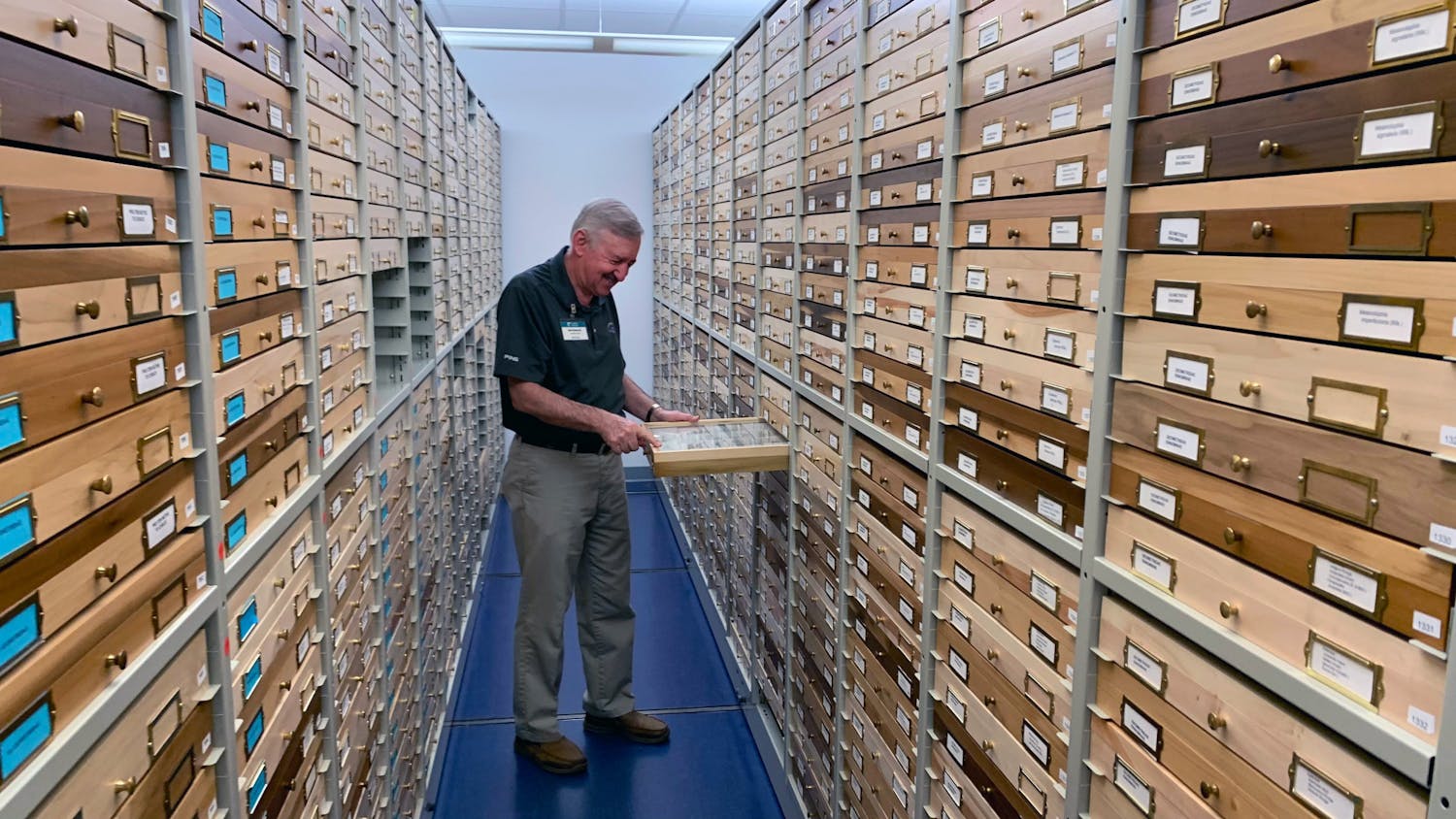What do Nas, Ashton Kutcher, Warren Sapp, Bill Gates and President Obama all have in common?
Programming lines of code.

Since its creation two years ago, Code.org has taught more than 98 million people the basics of coding, offering tutorials in JavaScript, Python, Quorum and more. Even though I’m a little behind the times, I wanted to hop on this coding bandwagon and see what all the fuss was about.
I pride myself on being able to do fancy things with my MySpace page (those were the days). I can figure out apps and learn about the inner workings of my iObjects so fast it makes my grandma’s head spin. But when it comes to programming, it’s all Greek to me.
In the sixth grade, my teacher Ms. Beach (yes, that’s her real name) had us write down the steps of making a peanut butter and jelly sandwich. Yawn, I’ve got this. Step one: get two pieces of bread. Step two: put some peanut butter on it. Step three: put some jelly on it. Step four: eat it. Easy, right? We were oh, so wrong.
Ms. Beach would ask us, “how can I get bread if the bag isn’t open?” or “how do I put the peanut butter on the bread? And how much do I use?” It meant we had to be annoyingly specific, but it was a way to familiarize ourselves with the scientific method. This memory reminded me of how specific you have to be when coding—one misstep, and the whole thing just won’t work.

I decided to go with the tutorial called “Write your first computer program.” With the help of Angry Birds, Plants vs. Zombies, and Scrat, the squirrel from Ice Age, I used block coding in order to “write” my code. It started off easy. I was only given three commands to make my Angry Bird hop over to defeat the smug green pig: move forward, turn left, or turn right. I’d drag and drop the order of the blocks and run the program to see if it worked. After I completed the task, I was given the option of looking at exactly what lines of code I had written.
Videos were interspersed between the puzzle sets, with people like Mark Zuckerburg and Chris Bosh explaining the value of loops or what an if-else statement does. With loops, I could repeat an action, which let me use only 4 blocks instead of 7 to complete the task. I also learned that an if-else statement let me automate commands and condense the lines of code I wrote.
Say instead of a straight path for Scrat to find his acorn, I could go left or right even if they were dead ends. I could put the “move forward” block on a loop, and then select the command that says “if path is to the right, turn right,” else “if path is to the left, turn left.” That way, I didn’t have to write a code in that if I forgot one “move forward” block, I’d have to start over.
It only took me 33 minutes to complete the 20 puzzles, yet there is no real time limit. And at the end, you get a certificate of completion. That’s definitely going up on the fridge. Even though I’m still no expert, it was a cool way to exercise my noggin rather than spending that time losing brain cells watching an episode of The Real Housewives. If you think you’re too old to learn how to code, my tutorial’s age range was for users 4-104.






